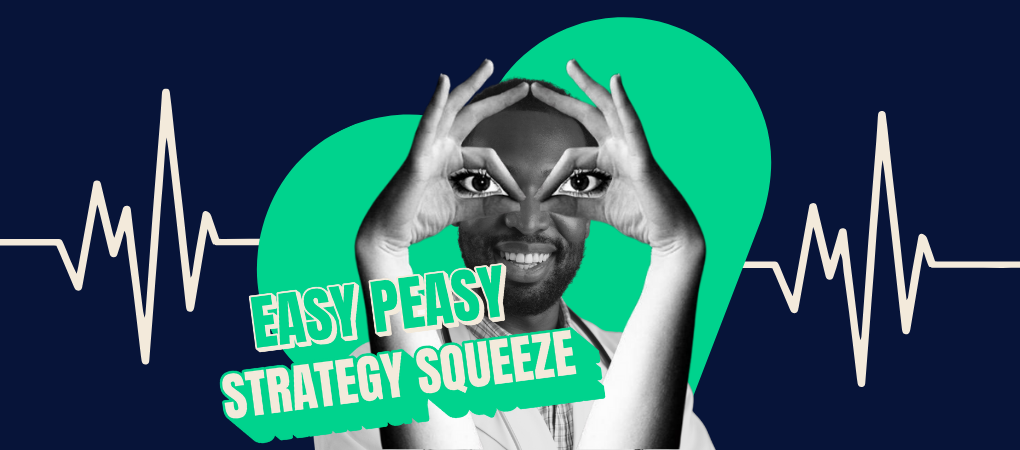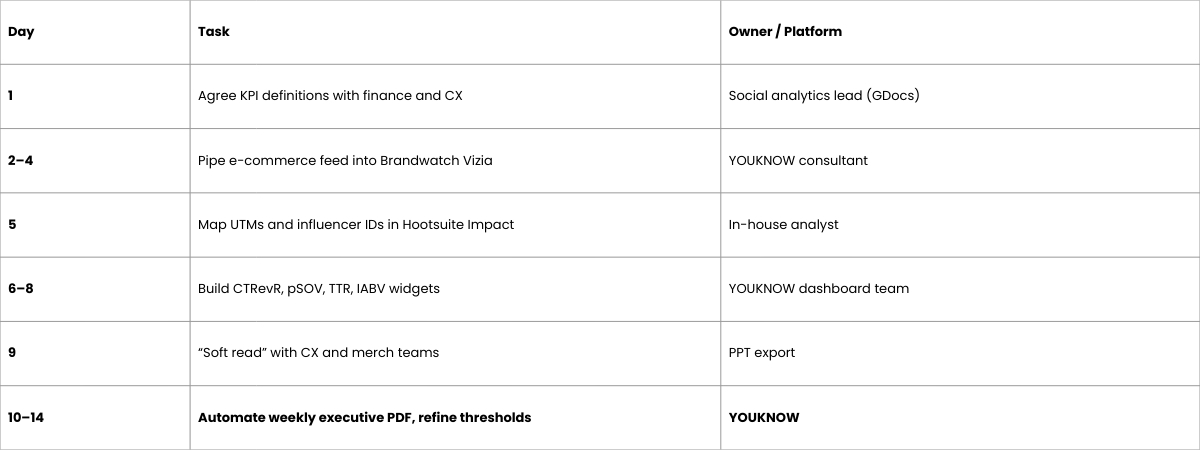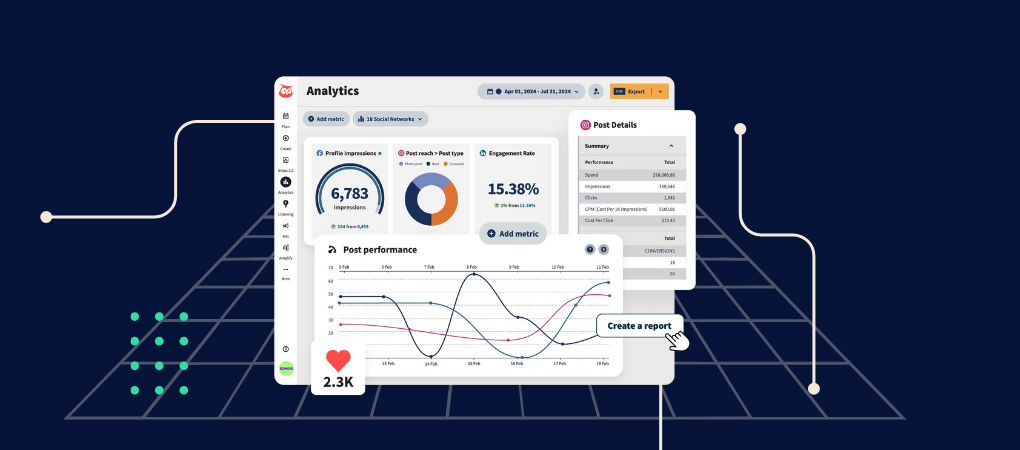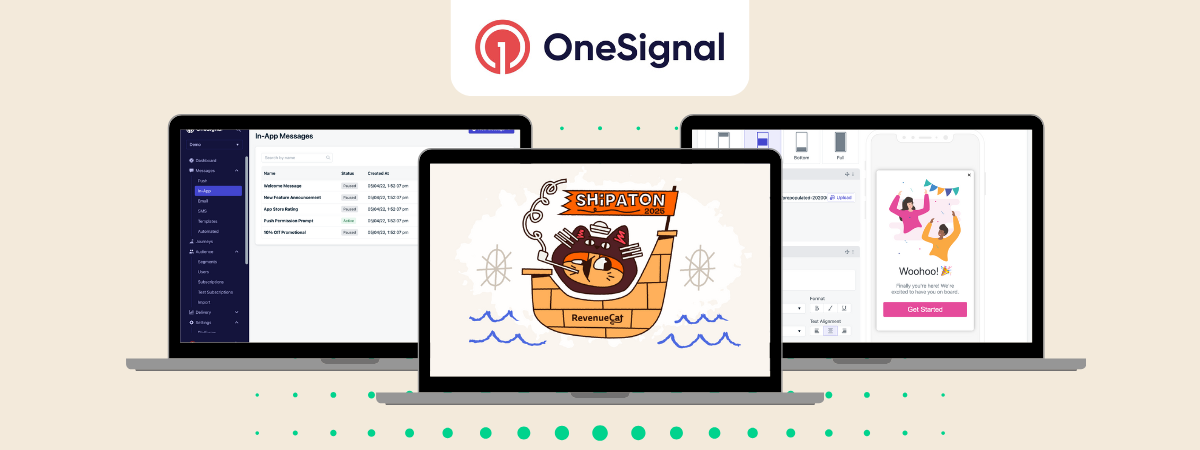In today’s fast-moving world, scams pop up as quickly as taxis during peak hours. Traditional fraud detection methods struggle to catch the early warning signs that often show up first on social media.
Customers share their experiences every day, from glowing reviews to frustrations about fraud. Social monitoring is not a nice-to-have, it is a frontline tool for spotting small signals before they grow into serious issues.
1. Spotting Unusual Patterns: The Fraud Detection Radar
Fraudsters often test new tricks, and their early attempts leave digital traces. Social monitoring helps pick up unusual spikes in complaints or keywords linked to suspicious activity.
A sudden rise in mentions of “unauthorised transactions” or “phishing SMS” tied to a service can act as an early alarm bell. That gives teams time to investigate before a minor issue snowballs. Think of it as a fraud radar powered by real-time social data.
2. Identifying Emerging Scams: Staying Ahead of Trends
New scams emerge constantly, often faster than traditional systems can adapt. By keeping track of live conversations, banks can spot fraud trends as they gain momentum.
That early visibility makes it easier to warn customers, tighten security protocols and work with law enforcement before the damage spreads. The benefit is simple: you see what is coming, not only what has already arrived.
3. Assessing Customer Sentiment: Detecting Issues Early
A sharp drop in positive sentiment, or a spike in negative mentions about a product, service or branch, can be a red flag. While not every change signals fraud, major swings are worth investigating.
Are customers reporting unexpected charges? Are they discussing compromised accounts? Social monitoring connects the dots quickly, turning quiet warnings into insights you can act on.
4. Geographic Hotspots: Identifying Localised Threats
Fraud often follows geographic patterns. A cluster of similar complaints from a particular region can highlight a localised attempt.
Visualising those mentions helps banks allocate resources effectively, issue targeted warnings and partner with local authorities. Knowing where threats are building means you can respond decisively.
5. Competitor Insights: Learning from Others’ Challenges
Sometimes the best lessons come from watching how others are tested. Monitoring competitors’ social mentions can reveal fraud signals that have not yet appeared on your radar.
The Takeaway
Fraud signals often start as scattered whispers online. Social monitoring pulls them into focus, giving banks the clarity to act early and protect their customers.
Book a consultation on banking-specific social monitoring or explore our Solutions Page to see how connected insights can strengthen fraud prevention strategies.
.avif)





.jpg)























.svg)